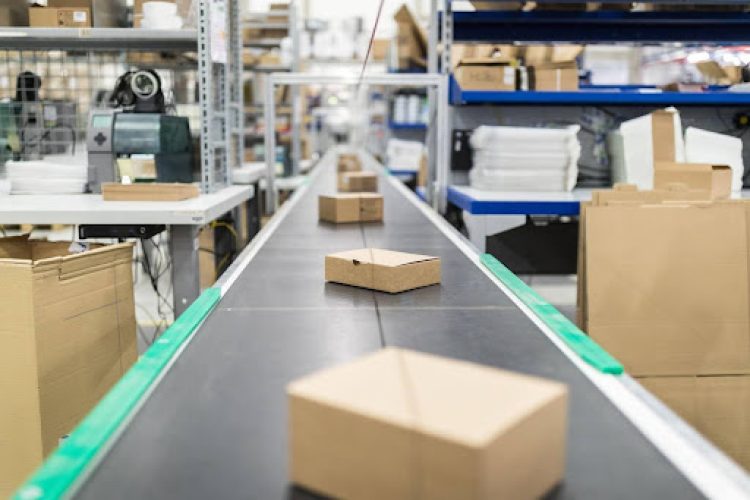Speed has become a critical factor in online shopping. Customers expect shorter wait times, reliable tracking, and flexible delivery options. For businesses, meeting these expectations requires more than quick shipping labels. It depends on supply chain efficiency, smart use of technology, and process improvements at every stage.
Smarter Inventory Placement
One of the most effective ways to shorten delivery times is to move products closer to buyers. Instead of storing all inventory in a single central warehouse, many companies are adopting distributed fulfillment networks. Regional warehouses and micro-fulfillment centers cut down on travel distances and reduce shipping costs. Data analytics can identify high-demand items by region, helping businesses stock strategically and improve speed without overextending resources.
Automation in Warehousing
Manual picking and packing slows down order processing. Automated storage and retrieval systems, robotic pickers, and modular conveyors reduce handling times and allow warehouses to process higher volumes efficiently. These technologies improve consistency and minimize human error, which means orders move through the system faster. Companies that integrate automation into their fulfillment operations often find that delivery speed improves alongside accuracy.
Streamlined Last-Mile Logistics
The last mile is typically the most expensive and time-consuming part of delivery. Businesses are finding creative ways to address this challenge. Partnerships with local courier services, bicycle delivery in dense urban areas, and parcel lockers at convenient locations all help reduce delivery times. Some companies are even experimenting with crowd-sourced delivery networks that use part-time drivers to expand coverage without building a fleet.
Real-Time Tracking and Visibility
Customers expect to know exactly where their packages are. Real-time tracking systems provide updates across every stage, from warehouse pick-up to final delivery. This transparency reduces customer inquiries and builds trust, but it also improves internal efficiency. Companies can use this data to identify bottlenecks, optimize routes, and predict delivery delays before they happen.
Flexible Delivery Options
Faster delivery is not just about speed, it is also about choice. Offering same-day or next-day shipping for certain products, scheduled delivery windows, and pickup options allows businesses to meet different customer needs. Not every shopper requires the fastest option, but providing alternatives creates loyalty and can spread demand more evenly across logistics operations.
Continuous Process Improvement
No single change guarantees faster deliveries. The companies that excel at speed focus on continuous improvement. They track key performance metrics, invest in scalable technologies, and adjust strategies as customer expectations shift. From packaging that reduces wasted space to route optimization powered by artificial intelligence, small improvements add up to measurable gains.
Fast delivery is no longer a competitive advantage. It has become the standard for all. Businesses that want to keep pace must rethink how they handle inventory, automate fulfillment, and optimize the last mile. Through smarter systems, better use of technology, and more flexible delivery choices, companies can keep customers satisfied while keeping costs under control. Speed requires strategy, and those who embrace it will be better positioned for long-term growth. For more information, feel free to look over the accompanying infographic below.

